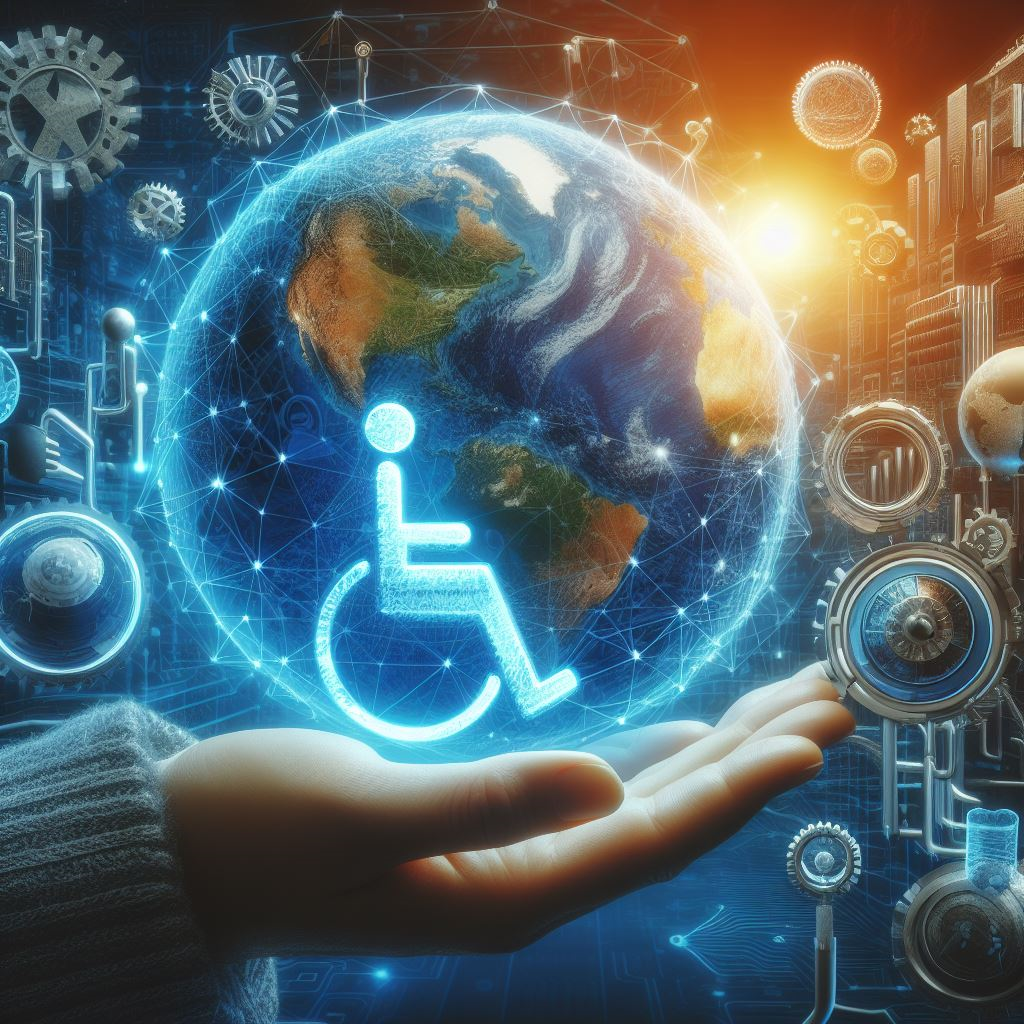In a world where technological advancements are reshaping lives, it’s essential to focus on a segment often overlooked—the global need for assistive technology.

In a world where technological advancements are reshaping lives, it’s essential to focus on a segment often overlooked—the global need for assistive technology. This umbrella term encompasses physical products, such as wheelchairs, glasses, and hearing aids, as well as digital solutions like speech recognition and time management software. With over 2.5 billion people globally requiring assistive products, the significance of these tools is underscored by the projected increase to 3.5 billion by 2050.
Assistive technology plays a pivotal role in maintaining or improving various aspects of individuals’ functioning, including cognition, communication, hearing, mobility, self-care, and vision. The benefits extend beyond personal well-being, influencing education, employment, fitness, leisure, and daily activities like cooking and reading.
However, a significant global disparity exists in access to assistive technology. The WHO and UNICEF Global report on assistive technology (2022) reveals that only 3% of people in some low-income countries have access to the assistive products they need, compared to 90% in some high-income countries. This inequity is exacerbated by barriers such as low awareness, high costs, limited physical access, inadequate product range, and workforce capacity gaps.
The report emphasizes the urgent need to address this issue, presenting 10 priority recommendations to governments and stakeholders.
These recommendations include improving access across development sectors, ensuring safe and affordable products, enhancing workforce capacity, involving users and families in the access pathway, raising public awareness, investing in data-driven policy, fostering research and innovation, creating enabling environments, including assistive technology in humanitarian responses, and strengthening international cooperation.
The World Health Organization (WHO) is at the forefront of addressing this global challenge. WHO’s response involves developing normative guidance and providing technical support to Member States, aligning with the 2018 World Health Assembly Resolution on Improving Access to Assistive Technology.
The WHO-GATE 5P framework places people at the center and focuses on policy, products, provision, and personnel to ensure equitable access.
In 2022, WHO and UNICEF published the Global Report on Assistive Technology, offering comprehensive evidence on the global landscape.
WHO has also collaborated with partners to develop guidance, tools, and resources to strengthen assistive technology provision systems. Serving as the Secretariat for the Global Cooperation on Assistive Technology (GATE) Initiative, WHO brings together diverse stakeholders with the shared vision of universal accessibility to assistive technology.
As we navigate an aging global population and a rise in noncommunicable diseases, the call to action is clear: leave no one behind. By addressing the unmet global need for assistive products, we can strive towards achieving Sustainable Development Goals, ensuring universal health coverage, and upholding the rights of persons with disabilities.
The journey towards a world where assistive technology is universally accessible has begun, with WHO leading the charge for a more inclusive and dignified future.